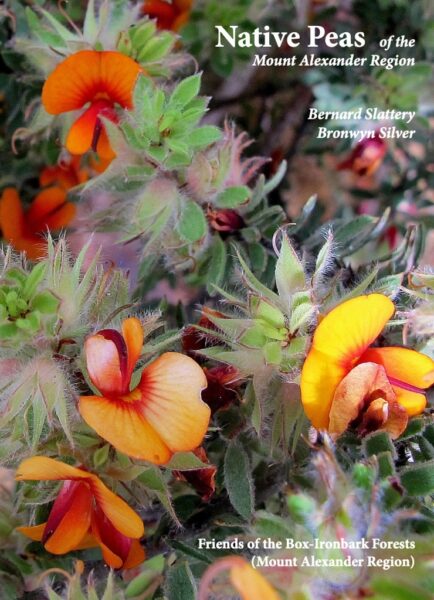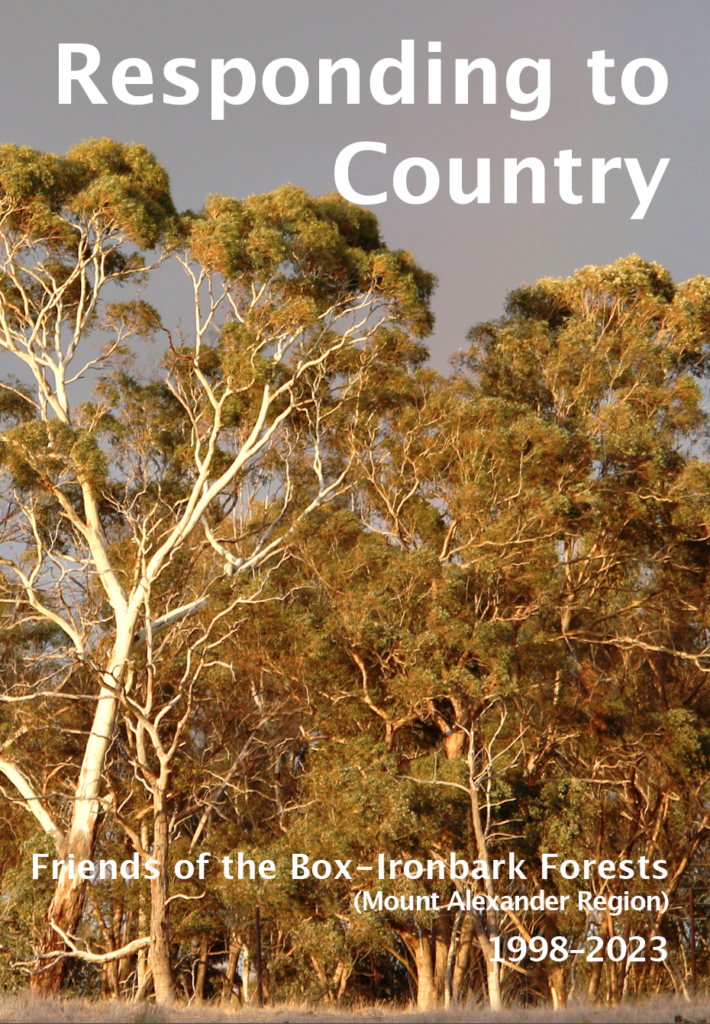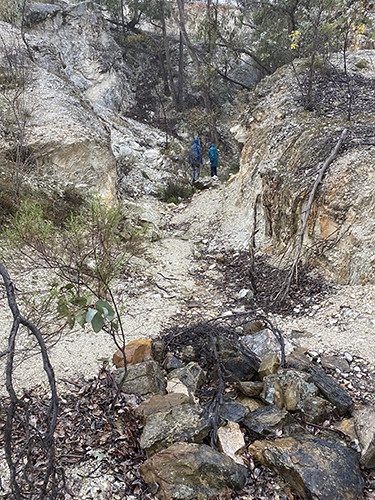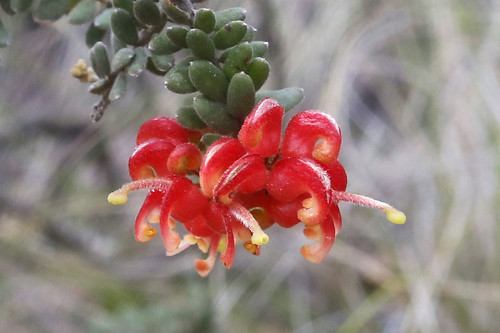Mount Alexander Council budget papers show that $23,000 has been set aside for community education in relation to land management and, we assume, to help with the implementation of the recently adopted Environment Strategy. It seems that the money is to be used to employ a project officer for six months to promote the Shire’s recently released Environment Strategy.
FOBIF supports this initiative, but we believe that it doesn’t go far enough, given the challenges such an officer will face. It seems that it is envisaged that the officer will be involved in producing an information kit, running workshops, promoting community gardens, and possibly being involved in the proposed Roadside Management Plan review.
The success of the Environment Strategy is dependent on Council being able to employ someone who can communicate sensibly and practically with landholders and other ratepayers about Council’s environment objectives.
Roadside management, with its double objective of preserving biodiversity and keeping consideration of fire safety, is an especially complicated matter which has caused some anxiety in the past. It seems to us that only a properly qualified Council officer with good ability to see all sides of this challenge and communicate in a down to earth matter with residents can bring a proper management program to success.
Such an officer would need more than six months to make any headway with these questions. In addition, it is harder to attract good candidates for jobs which are perceived to have only short term viability.
An additional consideration: if Council community education initiatives only reduce the number of people chucking their rubbish into the bush, the taxpayer would be saved a bit of money.

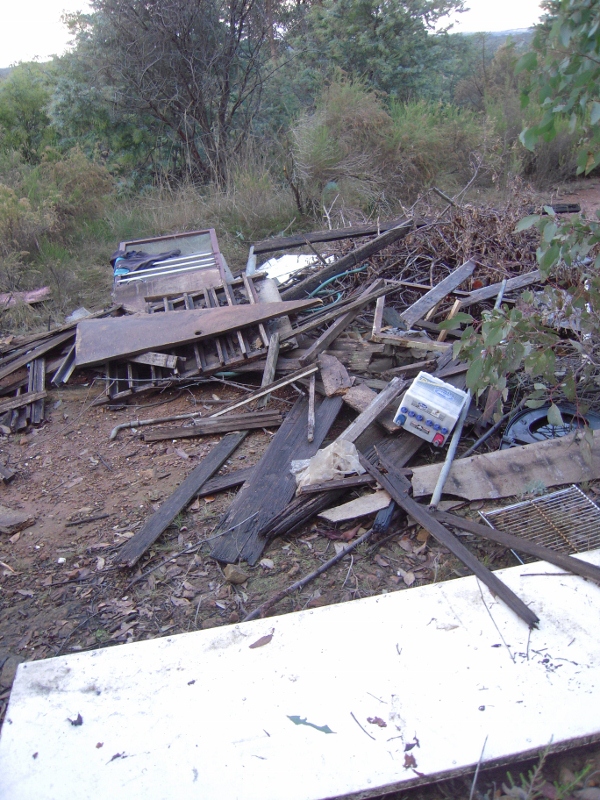
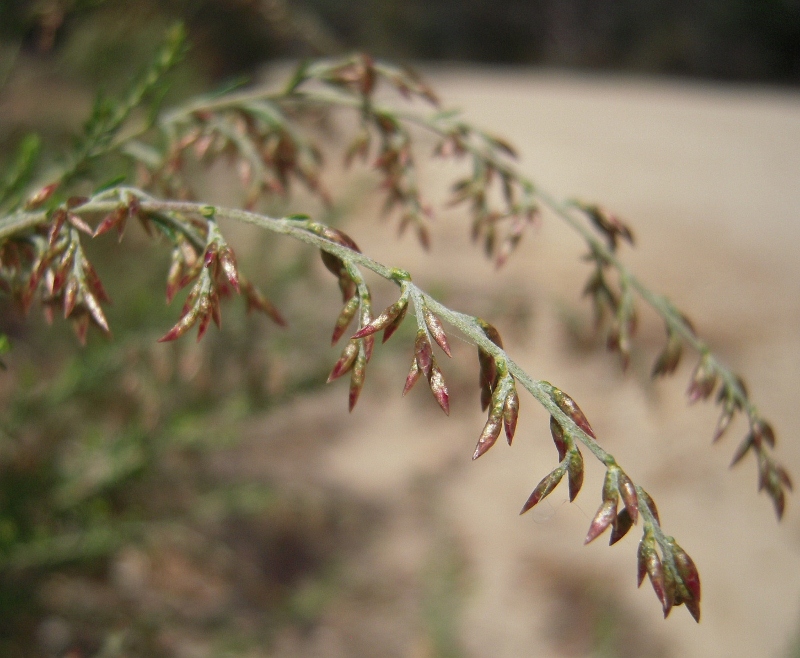
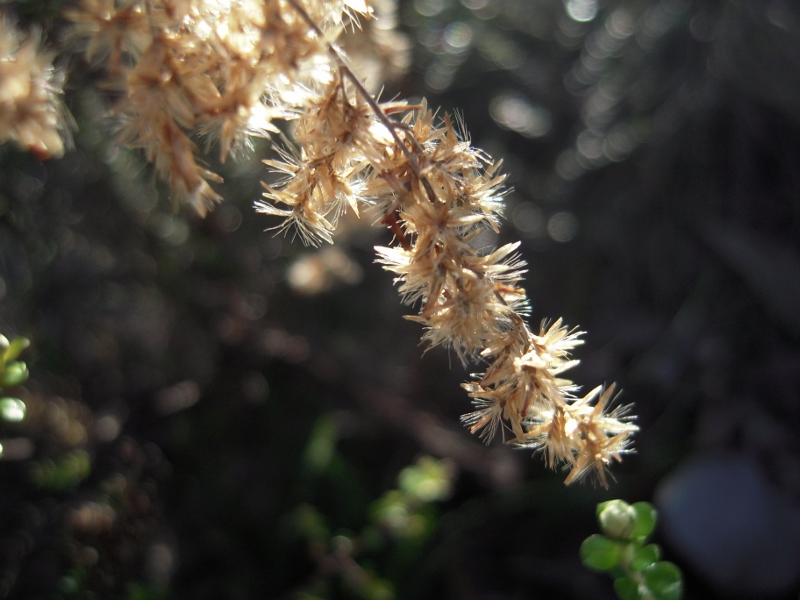
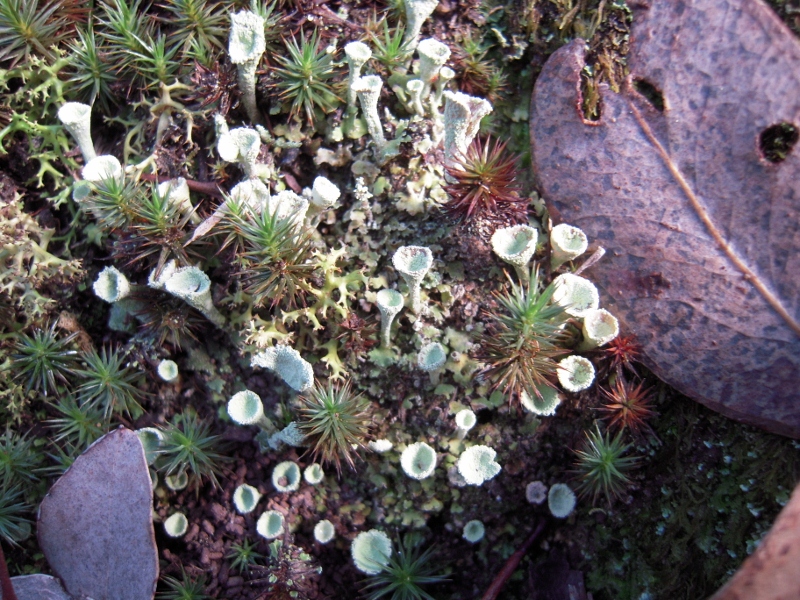
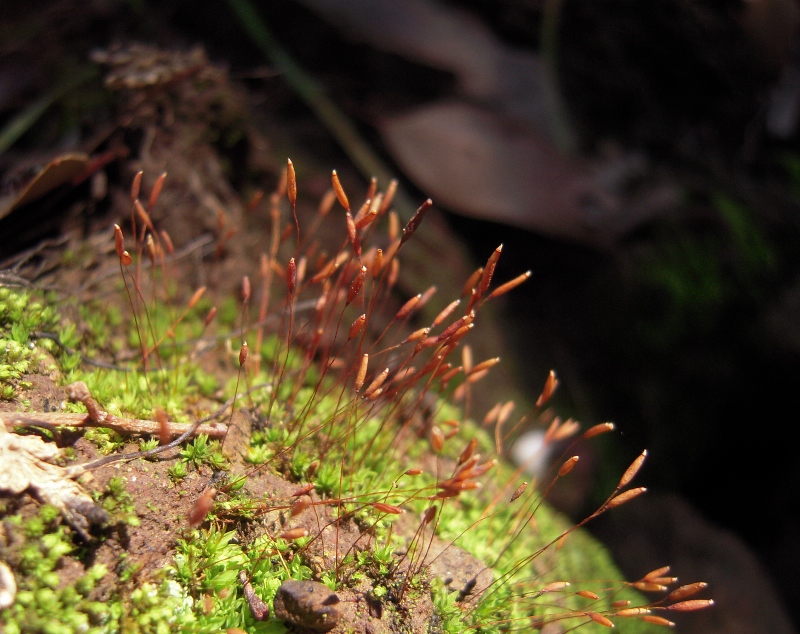
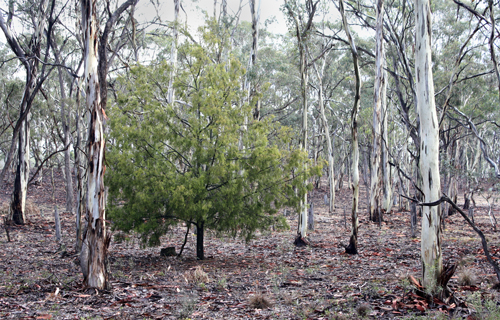
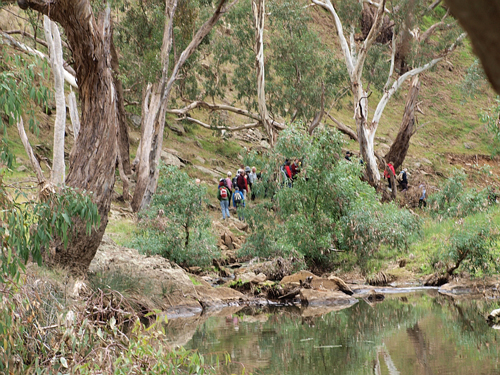
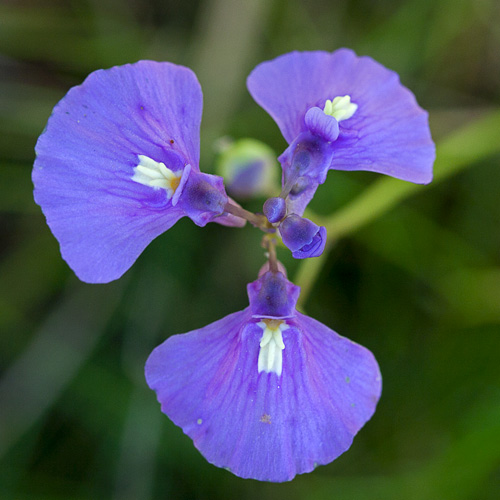
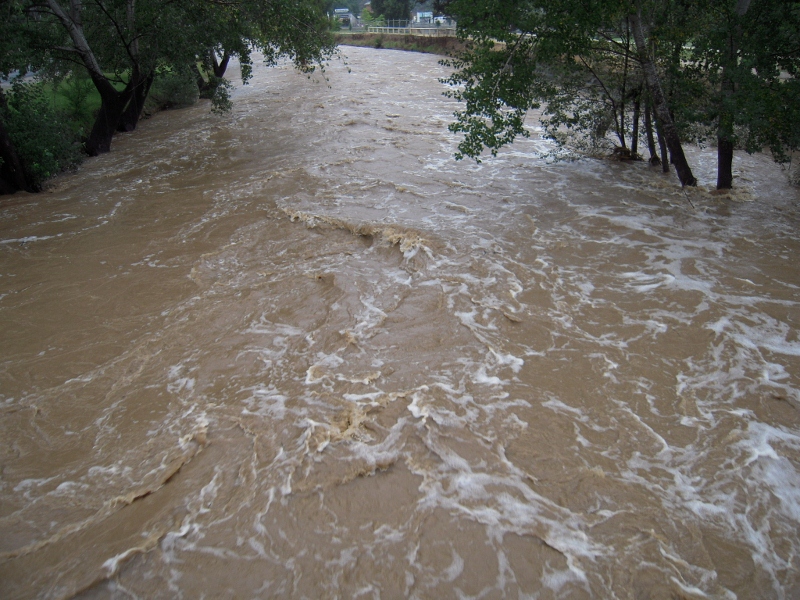

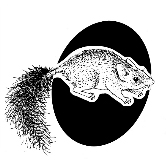
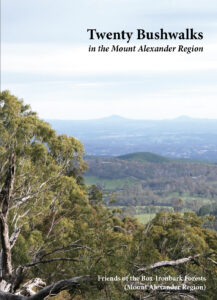
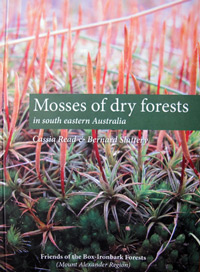 Click on image for info/order page
Click on image for info/order page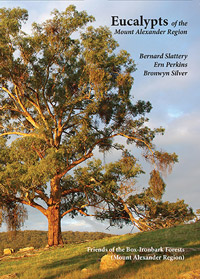 Click on image for info/order page
Click on image for info/order page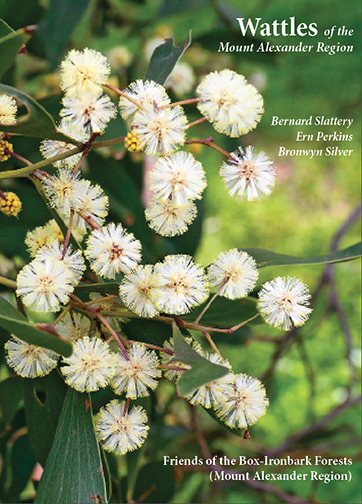 Click on image for info/order page
Click on image for info/order page